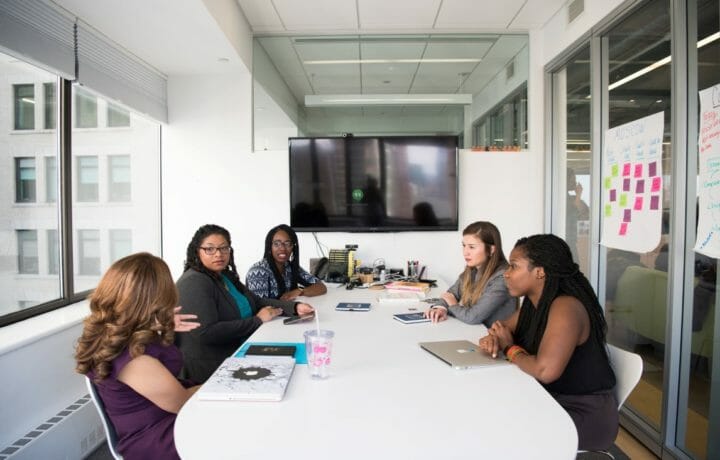There’s a growing movement to increase women’s contributions in national security—and with good reason: Women are underrepresented in the field. For example, only 15% of senior defense officials in the Pentagon are female—and women hold only about 20% of senior officials at the Department of Defense. (And in the military, those numbers are often much less.)
But with events like the #NatSecGirlSquad conference—where ClearanceJobs was proud to be a media sponsor— and organizations and associations such as Girl Security and Women in Defense gaining traction, women are working hard to change that.
“What is happening now with respect to women in national security is a social movement,” says Lauren Bean Buitta, founder of Girl Security. “The public is becoming more aware of the lack of diversity, equity, and inclusion in national security and [the raising awareness] by stakeholders and advocates is giving rise to ideas, more groups, policies, and other efforts to create change.”
The Security Industry Association now has a Women in Security Forum that hosts programs as well as networking and development events supporting the involvement of women in national security. (The events are open to women and men.) ASIS has a Women in Security Council, a membership-based group that works to inspire women to take leadership roles in the security industry. And the not-for-profit Women in Cybersecurity provides opportunities for women in cybersecurity—including the industry and in academia and research—to network and mentor.
And yet, it’s not yet enough, says Maggie Feldman-Piltch, founder of #NatSecGirlSquad. “I am completely uncomfortable with the idea that the status quo is going to save us,” Feldman-Piltch says. “There are an enormous amount of challenges and opportunities out there in the world, and I can’t think of anything more important than national security. If you only have a small subset of your population making important decisions, you’re not as safe and secure as you should be.”
Diversity that’s not an afterthought
That’s why encouraging women to vie for top security roles—as well as enter the field in the first place—is important work. As Col. Rachel McCaffrey, executive director of Women in Defense, points out, research shows diverse teams make better decisions—and that includes national security teams. “Only by ensuring we can take full advantage of our talent can we ensure a peaceful, prosperous world where individuals can make choices to achieve their full potential,” McCaffrey explains.
Progress has been made in recent years. Four of the five largest defense firms in the U.S. are led by women. (Marillyn Hewson at Lockheed Martin; Leanne Caret at Boeing Space and Security; Phebe Novakovic at General Dynamics; and Kathy Warden at Northrop Grumman.) But women aren’t as well-represented in government leadership roles, nor are they as well-represented in the security realm at large. And even at the private level, “there is no guarantee we can sustain this leadership impact,” says McCaffrey. “We need to develop metrics to track diversity across all areas of national security, industry, academia and government. We also need to establish goals. Without goals, metrics don’t help us move in the right direction or make any course corrections.”
And while women are the biggest driving force behind the effort to have more women in national security industry, men have a place in this movement, too. In fact, their role is as important as women’s, McCaffrey says. “Men are critical because, quite simply, more men occupy key leadership positions—the positions that have authority over the policies and processes that can increase opportunities for women,” she explains. “We need men to mentor and more importantly, advocate for women candidates for key leadership positions for which they are highly qualified.”
To create what McCaffrey calls “cognitive diversity across national security organizations,” both women and men must support and promote a diverse and inclusive workforce, McCaffrey says.
Here’s why: “Generating innovative solutions generally requires creative tension, which happens when people who think differently have seats at the leadership table,” McCaffrey explains. “Creative tension and conflict sharpen can our competitive edge, which our warfighters need so that they always enjoy decisive advantage against any adversary across the spectrum of conflict.”




